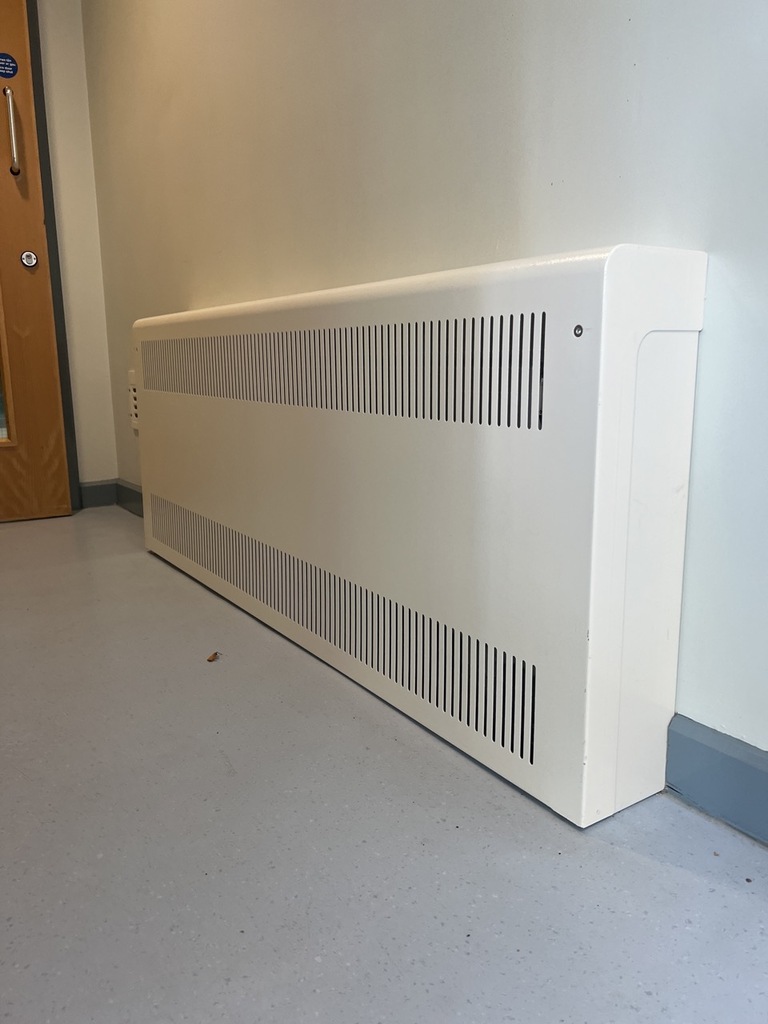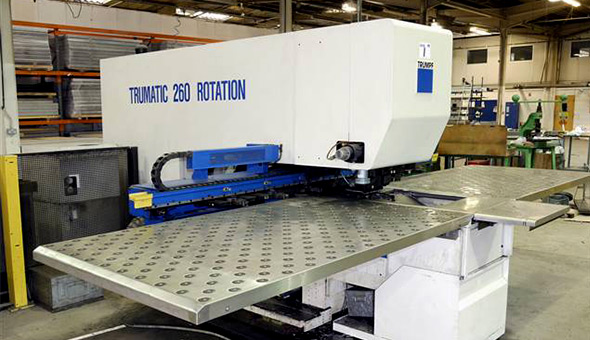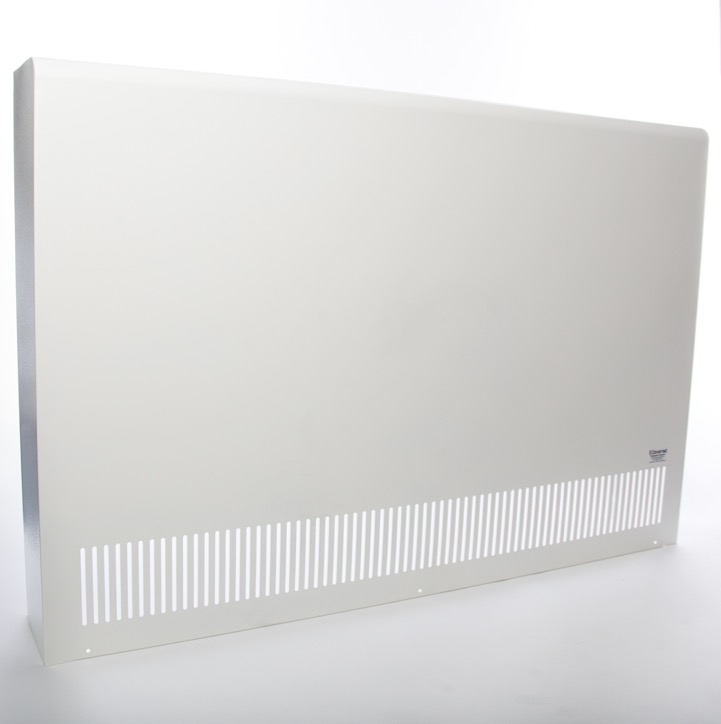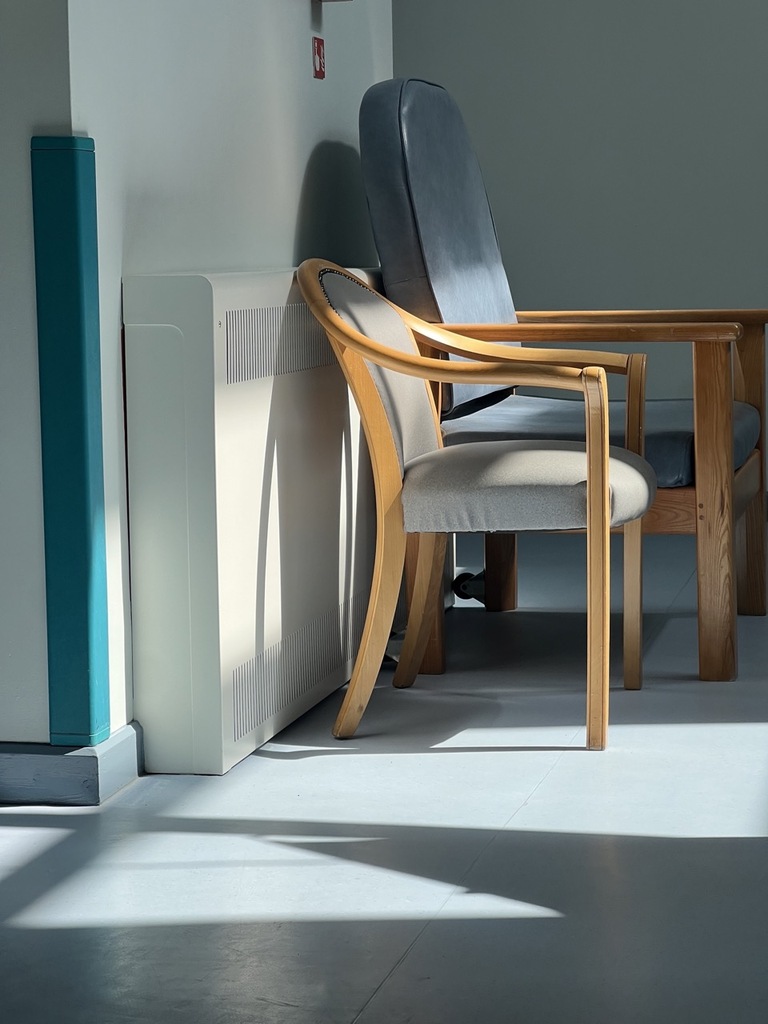Infection Control in NHS Environments: The Role of Fixtures, Fittings, and Cleaning Protocols

Infection control is a cornerstone of patient safety in the NHS, ensuring that hospitals and healthcare facilities remain safe for both patients and staff. The importance of rigorous infection prevention measures has been further highlighted by the COVID-19 pandemic, emphasising the need for robust cleaning protocols and adherence to best practices in maintaining healthcare environments.
The Importance of Cleaning Healthcare Environments
Healthcare-associated infections (HCAIs) pose a significant risk to patient well-being and can lead to severe complications, prolonged hospital stays, and increased healthcare costs. Proper maintenance and cleaning of fixtures and fittings in NHS facilities play a critical role in preventing the spread of infections.
Key Cleaning and Maintenance Measures
The NHS follows strict guidelines to reduce the risk of infections in healthcare settings through effective cleaning protocols. These measures include:
1. Cleaning High-Touch Surfaces
Fixtures and fittings such as bed rails, door handles, light switches, and medical equipment are frequent points of contact and must be cleaned regularly with approved disinfectants. Routine cleaning schedules ensure that these surfaces do not become reservoirs for pathogens.
2. Flooring and Wall Maintenance
Floors and walls in hospitals must be constructed with non-porous, easy-to-clean materials to facilitate thorough disinfection. Regular mopping with hospital-grade cleaning agents reduces contamination, while walls should be cleaned and inspected for damage that could harbour bacteria.
3. Ventilation and Air Filtration Systems
Proper ventilation is essential in minimising airborne transmission of infections. Air filtration systems, including HEPA filters, should be regularly maintained and replaced according to NHS infection control guidelines to ensure optimal air quality.
4. Washroom and Sanitary Area Hygiene
Toilets, sinks, and showers must be cleaned frequently with disinfectants to prevent bacterial and viral transmission. Proper drainage and plumbing maintenance also play a crucial role in reducing contamination risks.
5. Use of Antimicrobial Fixtures
Healthcare environments are increasingly incorporating antimicrobial fixtures, such as copper or silver-ion-infused surfaces, which naturally reduce microbial growth. These innovations enhance infection control efforts by providing an additional layer of protection.
6. Radiator Covers and Accessibility for Cleaning
Radiator covers should be designed to allow easy access for cleaning behind them, as dust and debris accumulation in these areas can harbour bacteria and contribute to poor air quality. Regular cleaning of radiators and their surroundings helps to minimise the risk of infection spread within healthcare settings.
Safe Handling of Cleaning Equipment
Mops, cloths, and other cleaning tools should be designated for specific areas to prevent cross-contamination. Colour-coded cleaning equipment is widely used in NHS facilities to differentiate tools for general patient areas, bathrooms, and high-risk zones.
Waste Disposal and Laundry Protocols
Proper disposal of medical and general waste is essential for infection control. Sharps, biological waste, and contaminated materials should be handled according to NHS waste disposal guidelines. Additionally, hospital linens and laundry must be processed using high-temperature washing cycles to eliminate pathogens.
Regular Audits and Compliance Checks
NHS infection control teams conduct regular audits to ensure compliance with cleaning protocols. These checks help identify areas that require additional attention and ensure that healthcare facilities meet hygiene standards.
Conclusion
Effective infection control in NHS environments relies heavily on the cleanliness and maintenance of fixtures, fittings, and building infrastructure. By implementing rigorous cleaning schedules, using antimicrobial materials, and maintaining ventilation and sanitation systems, NHS facilities can create safer spaces for patients and healthcare workers. A well-maintained healthcare environment is a crucial defence against the spread of infections, ensuring better patient outcomes and a healthier community.






